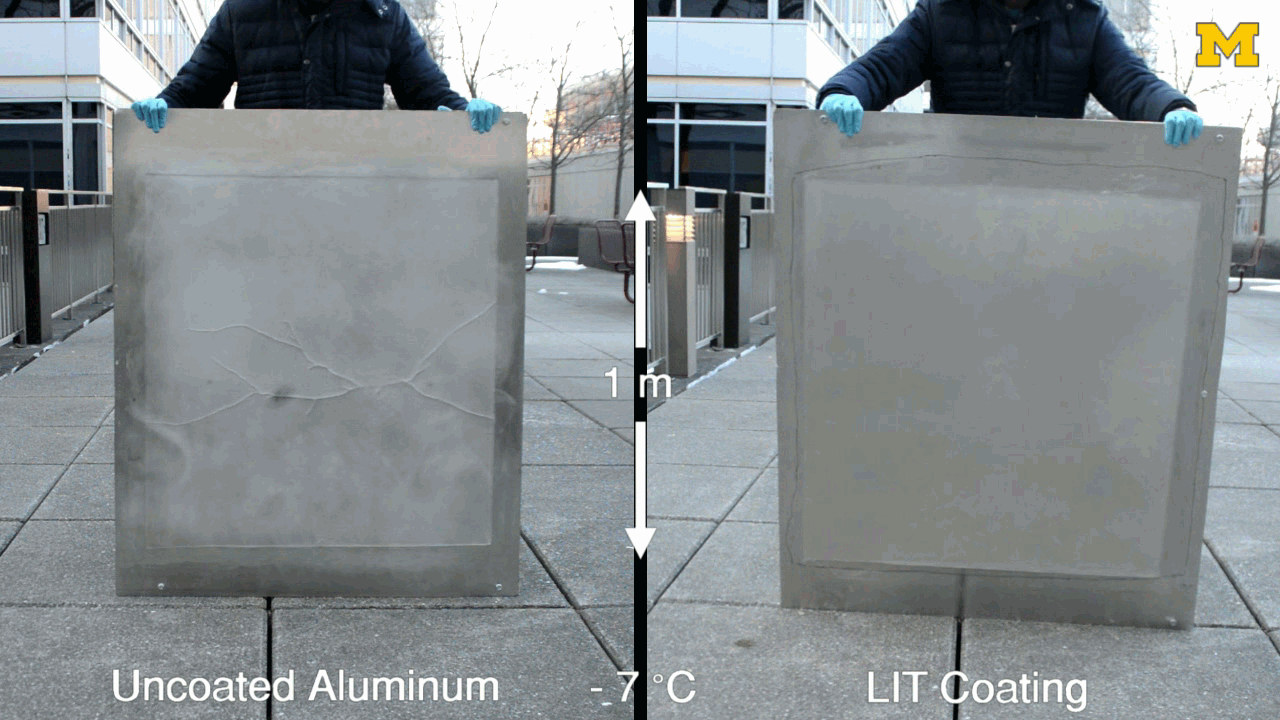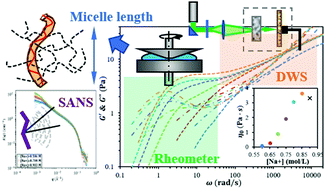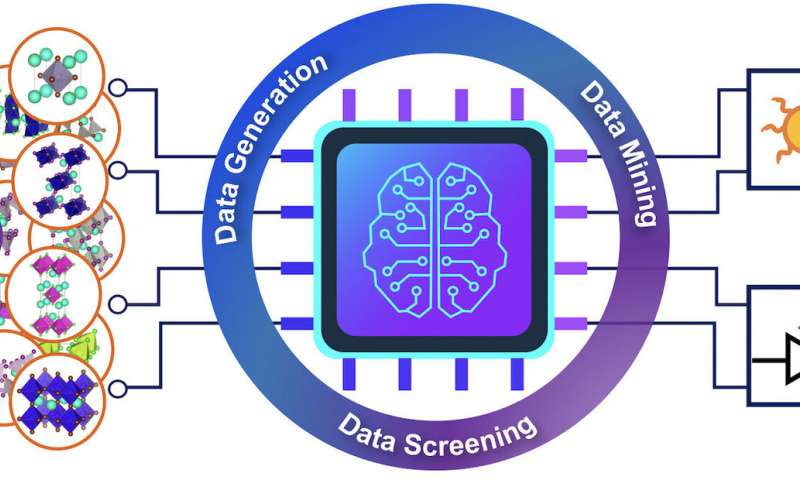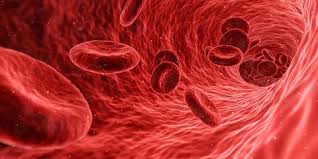
Emergent particulate materials
Pigments, Paints, Inks, Fillers, Color Concentrates (Polymer), Tires, Filtration Media, Catalyst Supports
I/UCRC's were setup by the US National Science Foundation as a bridge between academics and industry as a formal structure for shared precommercial interests. An I/UCRC serves as a forum to address industry wide issues. The I/UCRCs have developed into sites where industry can easily access a trusted team of world class experts, help in the growth of trained professionals who can better contribute to applied fields in their specific areas of interest, act as a forum for industry/industry discussions. The I/UCRCs provide workshops, training, consulting, and long-term relationships approved by industry and university administrations that can rapidly address industry research and development needs.
The idea for the planned Center for Emergent Hierarchical Materials (CHEM) grew out of the realization that many industries in a variety of markets face similar problems in addressing complex multi-hierarchical materials. For example, in the formulation of inkjet ink an organic pigment is chosen for a particular spectroscopic signature. However, depending on processing and specific additives the brilliance, transparency, reflectance can vary across a wide range of perception. A brilliant color is the result of seemingly indecipherable set of serendipitously arrived at conditions that can sometimes be reproduced in a successful product. When things go wrong in manufacturing of such a product it is often useful to have some basic understanding that could provide tools to control the targeted properties, shelf-life, necessary application conditions, and proper thermal history and the like. A material like ink-jet ink is produced from milled crystalline nano-particles. The final optical properties are related to a micron-scale network that forms on application. Between milling the crystalline particles and emergence of the assembled film the nanoparticles cluster into primary particles mitigated by a surfactant, grow into loosely connected aggregates and form a network of aggregates. Similar multi-hierarchical assembly occurs in the manufacture of tires, in the shampoo and body wash formulations, in the manufacture of polymer nanocomposites for battery components, in the use of conductive inks, in paints and many other fields.
To server potential members, CHEM is considering five thrusts, within each thrust different commercial markets are represented so that the thrust can give rise to unforeseen synergy. Modeling software developed for polymer flow might find use in modeling micellar structures in a coacervate. Scattering tools developed for polymers might be usefully applied to conductive inks. One goal of the planned CHEM Center is to leverage existing advances in multi-hierarchical emergence in different fields as well as raise the knowledge base in a generic manner conducive to new understanding and market advantages. The main role of the Center is to conduct precommercial research. The Center acts as a catalyst to new ideas, products and market share to help drive the overall targeted economic sector forward.

Pigments, Paints, Inks, Fillers, Color Concentrates (Polymer), Tires, Filtration Media, Catalyst Supports


Shampoo, Body Wash, Aqueous Dispersion

Manipulation of large data sets towards product properties.

Hierarchy of complex biological and medical systems